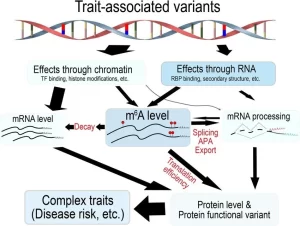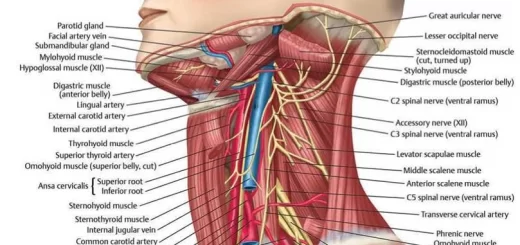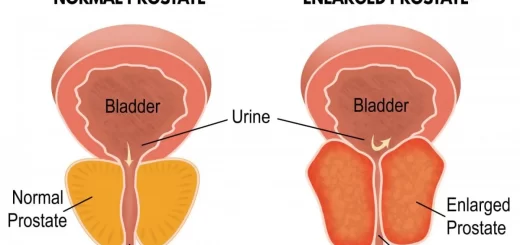Genetics variants effects, Types of polymorphisms and disease-causing mutations
Genetic variation refers to genomic differences between individuals. This variation is the cause of diversity and makes each individual unique in phenotypic characteristics and genetic printing. Genetic variation occurs at different levels in the genome ranging from gross alterations in the human karyotype to single nucleotide changes.
Genetics variants
The single nucleotide variants (SNV) may be considered as polymorphisms, called single nucleotide polymorphism (SNP), or maybe pathogenic mutations resulting in a defective gene produce with abnormal function and hence resulting in disease.
- Classify types of genetics variants and its effect.
- Determine the causes of genetic variation.
- Identify methods of genetic variants analysis.
- Identify the nature of variants by sequencing of a gene
- Determine the likelihood of a variant being pathogenic.
- Correlate genotype to phenotype.
- Differentiate methods of genetic disease diagnosis.
- Describe the types of molecular genetic testing.
- Analyze the indications of molecular genetic testing.
Classify the types of variants
1. Single nucleotide variants and their effect:
- Missense: change in the amino acid codon.
- Non-sense: change a codon into a stop codon causing truncated protein.
- The silent variant does not change the amino acid codon due to the degeneracy of codons .
- Splice site variant: which changes a single nucleotide of the donor or acceptor dinucleotide (5 GT, 3’GT, respectively) at the exan-intrun splice junction.
2. Indels insertion or deletions of one or more nucleotides, not a multiple of three, It results in frameshift mutation and premature stop codon which results in a truncated protein. (shorter than normal and with abnormal amino acids downstream of the mutation).
3. Copy number variants: increase or decrease in the number of repeat sequences of the genome.
4. Inversion: reversal of sequence following break and rejoining of DNA sequence in the opposite direction following rotation 1800. This can affect the expression of the genes involved in the inverted sequence.
Effect of genetic variants
Polymorphisms are defined as genetic variants found in 1% of a certain population and are not a direct cause of disease. They can however, together with other genetic and environmental factors, increase disease predisposition, and disease progression, or affect response to treatments
Types of polymorphisms
- Single nucleotide polymorphism (SNP) can result from silent mutations which do not change the amino acid (due to degeneracy of codons) or it may result in conservative missense mutation where the variant amino acid is similar or close to the normal variant and does not adversely affect the protein function.
- Insertion and deletions (indels) in non-coding sequence with no deleterious effect
- Copy number variants for long repeats within non-coding sequence of the genome (CNVS).
Types of disease-causing mutations
They are the variants that are likely to change the structure or the amount of the protein produced from the gene. Disease can result from a decrease in the quantity of the protein as in:
- Allele deletion (null genotype in a homozygous).
- mRNA stability (change in untranslated regions (UTRs) results in unstable RNA and rapid degradation).
- Alteration in enhancer or promoter: decreased transcription (inhibition of gene expression: acquired by methylation) for example Some cases of inversion (if it involves the regulatory sequence and affects the quantity of the gene product).
- MicroRNA regulation of mRNA level.
- Functional change results from changes in the coding region of the gene.
Examples of those variants causing a functional change in a protein
- Non-sense mutation resulting in a truncated protein.
- Frameshift mutation resulting from indels in the coding sequence.
- Rearrangements for example translocation and production of a new gene product that may have a new function that can be disease-causing (for example t9:22 and production of BCR-ABL oncoprotein).
- Splice site mutation if in 5′ or 3′ donor or acceptor conserved dinucleotide sequence at the exon-intron junction.
- Missense mutation: some missense mutations are included among the polymorphisms However, the change of an amino acid to another may in some cases cause a defective function of the protein in the following conditions:
- If the replaced amino acid is non-conservative ie is different from the normal one in physicochemical properties (for example resulting in a change of ionic properties and or the size or hydrophobicity), This may affect the protein conformation and hence its function.
- If the site of the amino acid lies in a functional domain of the protein.
- If the amino acid is conserved in several species.
You can subscribe to science online on Youtube from this link: Science Online
You can download Science Online application on Google Play from this link: Science Online Apps on Google Play
Methods of diagnosis of genetic variants, Ethical and social issues related to genetic testing
Polygenic inheritance vs Single gene inheritance, Non-mendelian inheritance and Genomic imprinting
Chromosomal disorders, structure, classification, and Types of numerical chromosomal abnormalities
Genes, Chromosomes, Proteins, Bacteriophages & Quantity of DNA in the cells
Nucleus components, function, diagram & classification of chromosomes
Cells types, Chromosomes, Cell division, Phases of mitosis division & Liver Transplantation
Packaging of DNA, Genome, chromosomal proteins, DNA in Prokaryotes & Eukaryotes




